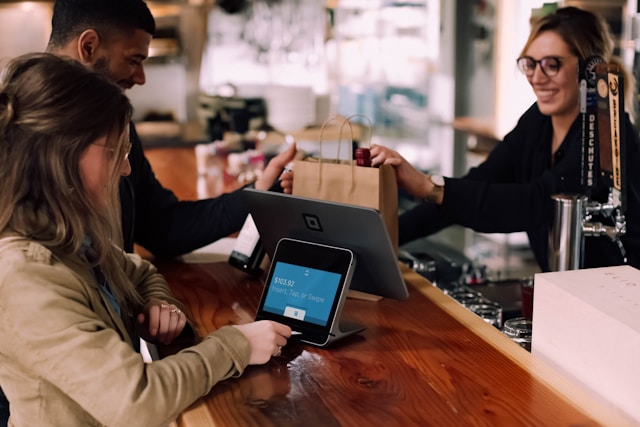In fintech software development, account and identity are nearly synonymous. Institutions overseeing banking activities don’t focus on individuals or organizations; they handle transactions. However, to approve any significant digital activity, identity verification is necessary.
Thankfully, modern banking is streamlined with account verification systems like selfies, voice biometrics, or fingerprint matching. IT companies invest millions in exploring machine learning, artificial intelligence, and deep learning to enhance value for fintech customers navigating numerous security layers. Here are the best practices for account verification procedures in fintech.
Account Verification Types
Terminologically, an account verification system involves an entity confirming that a user truly owns and manages their account. This applies not only to bank accounts or other digital areas with sensitive information but also to social media, websites, etc.
A bank account verification service is essential for organizations aiming to reduce or eliminate bot activities and the proliferation of fake news, spam, and misinformation. Some notable verification types include:
- Banking verification
- Identity verification
- Biometric verification
- Email verification
- Behavioral verification
- Account number verification
- Postal address verification
However, financial institutions are less often interested in these account verification types. Instead, they usually focus on bank account verification methods, which include:
Instant Account Verification (IAV) Service
Banks currently provide this service because it is the most convenient, straightforward, and quick verification method. IAV has become synonymous with a positive user experience, enabling clients to confirm their identities in seconds. You can use an MRZ scanner to process automated ID and passport scans in a few seconds.
Micro-deposit Verification
By depositing less than $0.10, today’s bank users can swiftly verify their accounts by supplying credentials. This approach only requires entering routing and basic bank account details.
External Bank Validation
Check verification services are especially valuable to organizations and businesses. Typically, third-party bank verification employs various methods, often including checks on negative account history, databases, routing numbers, and account numbers.
In addition to account verification, identity verification is also accessible. Financial service providers offer several methods, such as knowledge-based checks, credit bureau references, and two-factor authentication. These processes are crucial for identifying the individual linked to a specific account. Ultimately, both authentication and verification enhance your cybersecurity when making online payments.
Verification of Accounts Across Various Contexts
Account verification isn’t solely related to banking operations. Whether it’s Google account verification or logging into WePay, the goal is to ensure the person seeking access is who they claim to be. Usually, if you’re already registered, entering your login and password is enough to access Gmail, Facebook, or Twitter.
While selfies, passwords, and logins suffice for low-risk operations, verifying high-risk transactions involves services like VideoID. This technology uses artificial intelligence and video streaming to help banks quickly identify customers.
Today, it’s common for digital service or product providers to ask customers to verify their accounts. For instance, Facebook allows you to request a blue verified badge to confirm your identity as a page owner, similar to verification on YouTube or Twitter. The typical bank verification process includes complying with terms of service, which often require providing your full name and a government-issued ID photo.
Endnote
Verify all your accounts to ensure secure transactions and reduce errors. Additionally, regardless of the verification method you select, each is designed to maintain the confidentiality and security of your funds.

